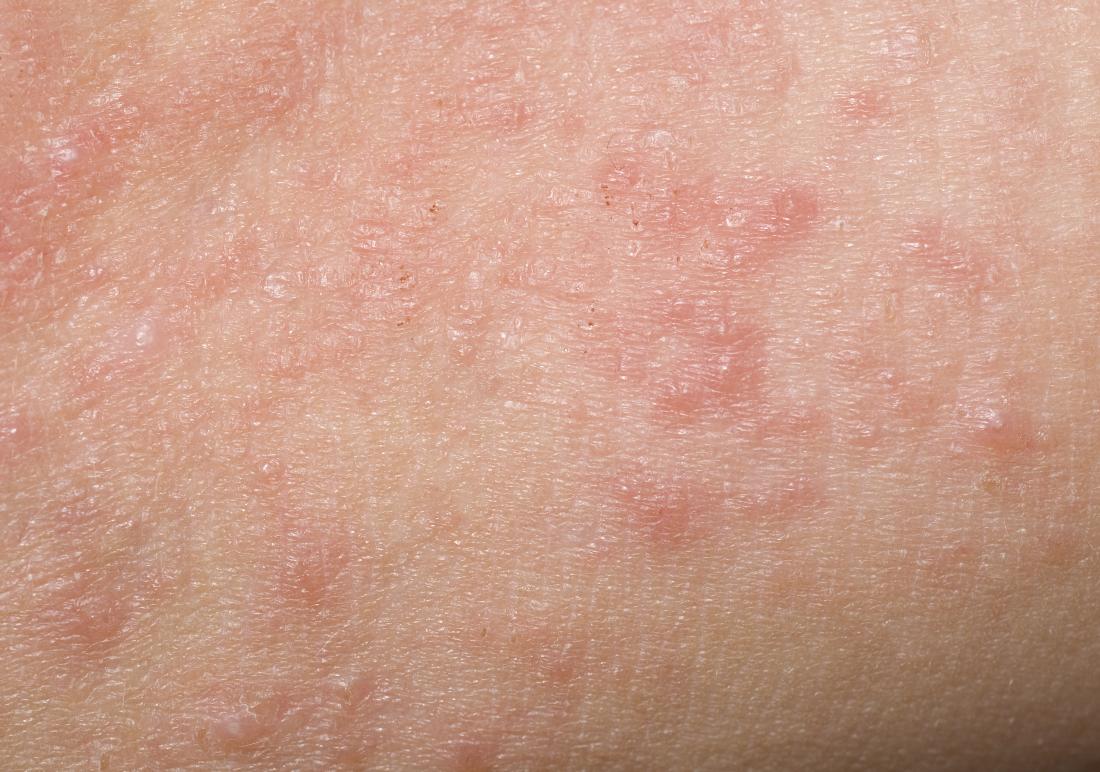Sun's Sting: Unraveling the Mystery of Itchy Skin Bumps
Beneath the sun's golden embrace, a subtle unease sometimes stirs. An itch, a prickle, the unwelcome arrival of raised bumps on sun-kissed skin. What whispers this cutaneous narrative? The sun, life-giver, can also be a source of irritation, a paradox reflected in our complex relationship with its potent rays. This exploration delves into the world of sun-induced skin reactions, specifically the emergence of itchy, raised bumps following sun exposure, seeking to illuminate their origins and offer paths toward relief.
From the ancient sun-worshippers to modern sunbathers, humans have long grappled with the duality of solar energy. The very rays that nourish life and synthesize essential vitamin D can also trigger a cascade of reactions within the skin's delicate ecosystem. These responses manifest in various forms, from mild redness to more pronounced issues like itchy, raised bumps, known collectively as photosensitivity reactions.
Polymorphous light eruption (PMLE), a common culprit behind these eruptions, remains somewhat enigmatic. While the precise mechanism isn't fully understood, it's believed to involve an immune system response triggered by UV exposure. This reaction manifests as itchy, small, red bumps or slightly raised patches of skin, often appearing hours or even days after sun exposure. The affliction is more prevalent in women and those with lighter skin tones.
Other potential triggers for raised, itchy bumps after sun exposure include photoallergic reactions, where certain substances, like sunscreen ingredients or medications, interact with sunlight to create an allergic response on the skin. Additionally, sun poisoning, a severe form of sunburn, can also cause itchy, raised welts and blisters. Distinguishing between these conditions requires careful observation and, often, consultation with a dermatologist.
Understanding the nature of these reactions is the first step towards mitigating their impact. While the itchy bumps themselves may not offer direct "benefits," understanding their origin can lead to preventative measures and more effective treatment. Recognizing the symptoms – the telltale itch, the raised texture, the redness – allows for prompt action. This awareness empowers individuals to take control of their sun exposure and minimize discomfort.
Managing sun-induced skin irritations often involves a multi-pronged approach. Cool compresses can offer immediate relief from itching. Over-the-counter hydrocortisone cream can help reduce inflammation. For more severe reactions, oral antihistamines or prescription corticosteroids may be necessary. Preventing future outbreaks hinges on minimizing sun exposure during peak hours, wearing protective clothing, and using broad-spectrum sunscreen with a high SPF.
If you experience persistent or severe skin reactions after sun exposure, consulting a dermatologist is crucial. They can accurately diagnose the specific condition and recommend a tailored treatment plan.
Advantages and Disadvantages of Knowing About Sun-Related Skin Reactions
| Advantages | Disadvantages |
|---|---|
| Empowerment to take preventative measures | Potential for increased anxiety about sun exposure |
| Early identification and treatment of skin reactions | None (knowledge itself doesn't have inherent disadvantages) |
Frequently Asked Questions:
1. What is polymorphous light eruption? (Answer: A common skin reaction triggered by sun exposure)
2. How can I prevent itchy bumps after sun exposure? (Answer: Minimize sun exposure, wear protective clothing, use sunscreen)
3. What are the symptoms of sun poisoning? (Answer: Severe sunburn, itchy welts, blisters, fever)
4. When should I see a dermatologist for sun-related skin issues? (Answer: If symptoms are persistent or severe)
5. Can sunscreen cause itchy bumps? (Answer: Yes, in some cases due to photoallergic reactions)
6. Are itchy bumps after sun exposure contagious? (Answer: No)
7. How long do itchy bumps from sun exposure last? (Answer: A few days to a few weeks, depending on severity)
8. Can I still enjoy the sun if I'm prone to itchy bumps? (Answer: Yes, with proper precautions)
Tips and Tricks: Carry a small spray bottle filled with water and a few drops of aloe vera for a refreshing and soothing mist on sun-exposed skin. Consider adding oatmeal to your bath to relieve itching. Always check the expiration date on your sunscreen.
In closing, the sun's radiant energy, while essential for life, can also present challenges to our skin's delicate balance. Understanding the complexities of sun-induced skin reactions, particularly the emergence of raised, itchy bumps, empowers us to navigate this relationship with greater awareness. By recognizing the triggers, symptoms, and preventative measures, we can embrace the sun's warmth while minimizing its potential for discomfort. Taking proactive steps towards skin protection, coupled with seeking professional guidance when needed, allows us to fully appreciate the sun's life-giving power while safeguarding our skin's health and well-being. This knowledge transforms a potential source of frustration into an opportunity for informed self-care, enabling us to bask in the sun's glow with confidence and comfort.
Unlocking the secrets of the honda 5 lug bolt pattern
Embracing the richness of heritage red hc 181
Elevate your kitchen with online wall cabinets




:max_bytes(150000):strip_icc()/Contact-Dermatitis-HKPNC-Getty-Images-586753a83df78ce2c36e4f3d.jpg)









